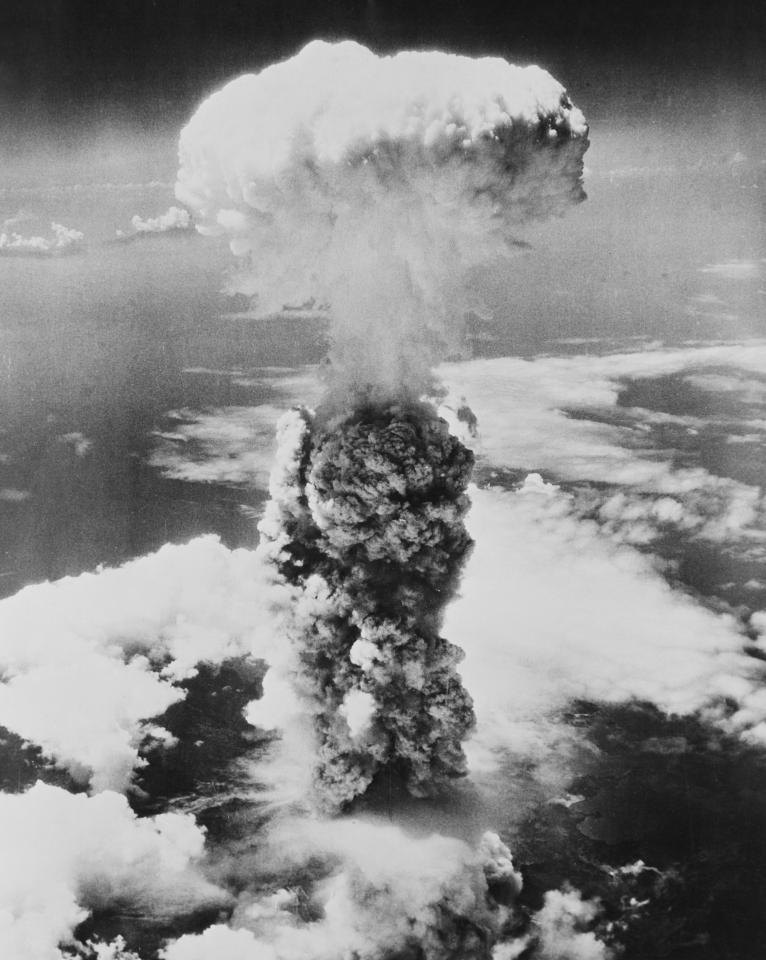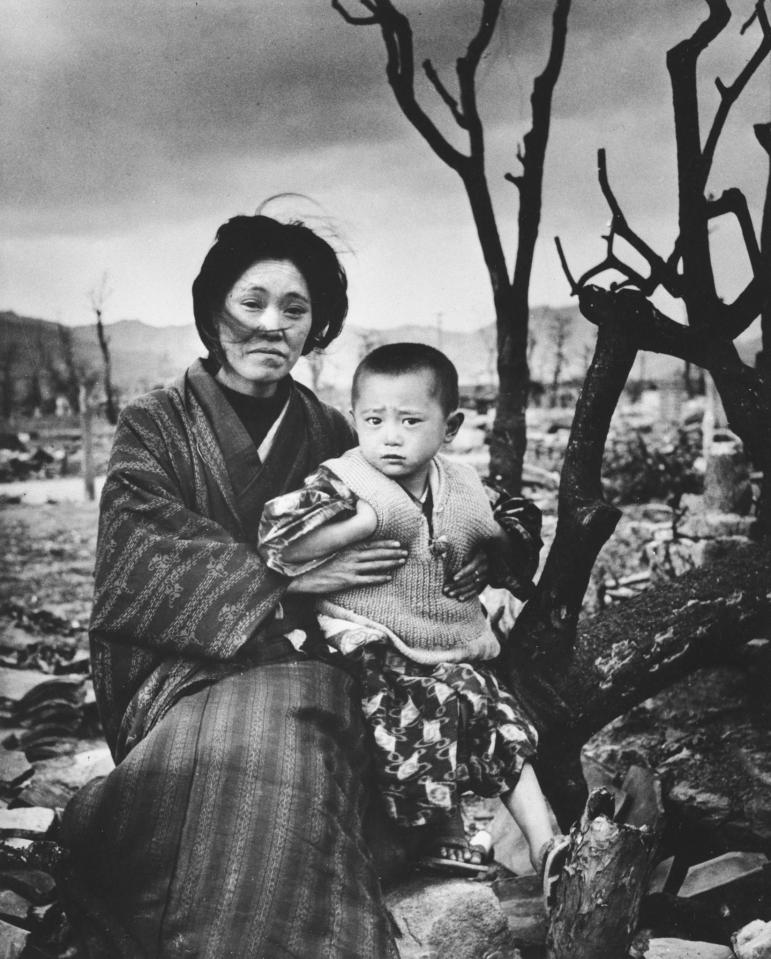When was the Hiroshima bombing, how many people were killed by the first atomic bomb and why was it dropped by the US?
Around 135,000 died and six square miles of city was razed to the ground

HIROSHIMA is synonymous with war after the city was flattened by the world's first atomic bomb in 1945.
An estimated 135,000 people died, but the bombing - which remains controversial more than 70 years on - was credited with shortening the war and sparing many more lives. Here's what you need to know.
When was the Hiroshima bombing?
Towards the end of World War Two, America had been bombing Japanese cities for months but the country's leaders refused to surrender.
In July 1945 US President Harry Truman gave the order for atomic bombs - developed by Manhattan Project scientists - to be dropped on six Japanese cities.
The first target chosen was Hiroshima, an industrial city with a large military HQ in the south west.
Early on August 6, a B-29 Superfortress bomber named Enola Gay after the commander's mother took off from Tinian in the Northern Marinara Islands.
At 8.15am it dropped the Little Boy uranium bomb, 9ft 10in long and weighing 9,700lb, from a height of 31,060ft.
The target was the Aioi Bridge over the Ota and Motoyasu rivers but the wind blew it 820ft off course.
After 43 seconds the bomb detonated 1,970ft off the ground, directly above Shima hospital, with a force equivalent to 15,000 tons of high explosives.
It created a blinding flash of light and a fireball 1,200ft across with a core temperature of more than 1,000,000C.
Victims in the immediate blast zone were vaporised, leaving only their shadows on the scorched walls and pavements where they were standing.
A shockwave faster than the speed of sound obliterated virtually every building within a mile.
The fireball also sparked devastating infernos that lasted three days. In total an area of more than six square miles was levelled.
Officials later estimated 70 per cent of the city's buildings were destroyed.
How many people were killed by the Hiroshima bombing?
Up to 80,000 people are believed to have died in the blast and resulting fire storm, including some 20,000 military personnel.
Another 70,000 were injured, many with horrific burns.
Thousands died from radiation sickness in the following weeks and months.
And among those who survived, many were struck down by cancers linked to the radiation over the next two decades.
The final death toll is estimated at 135,000.
Why did America drop the A-bomb on Hiroshima?
Generals were desperate for a way to end the war quickly after years of conflict.
Allied forces suffered heavy casualties in Europe until Germany surrendered in May 1945.
Japanese soldiers had shown they would fight fiercely to the end and refuse to surrender.
In some battles with US forces, up to 99 per cent of Japanese troops had been killed or committed suicide rather than be captured.
Analysts feared an invasion of Japan would drag on for years and cost a million Allied lives.
MORE ON NUCLEAR WEAPONS
Conventional and firebombing had destroyed many Japanese cities and ground down the country's industry, but there was no end in sight.
Generals calculated the new atomic weapons would strike a psychological blow and demonstrate America's superiority.
Three days after the Hiroshima blast, the Fat Man plutonium bomb was dropped on Nagasaki killing around 50,000.
Six days after that, on August 15, Japan surrendered and the war was over.
We pay for your stories! Do you have a story for The Sun Online news team? Email us at [email protected] or call 0207 782 4368 . You can WhatsApp us on 07810 791 502. We pay for videos too. Click here to upload yours.









